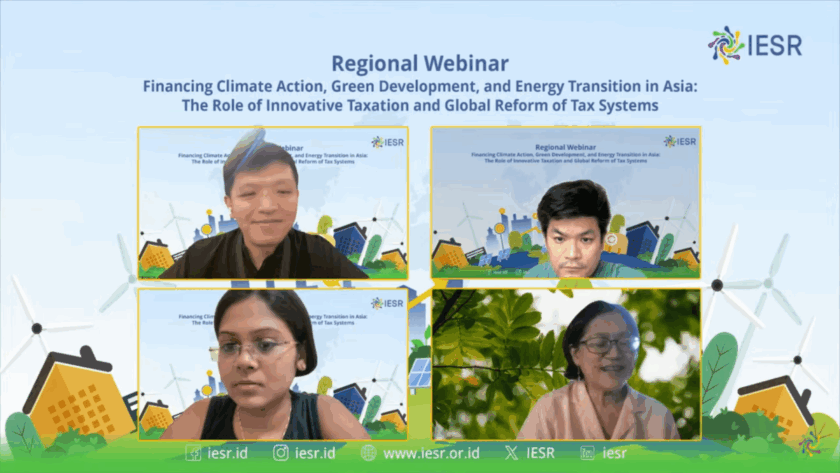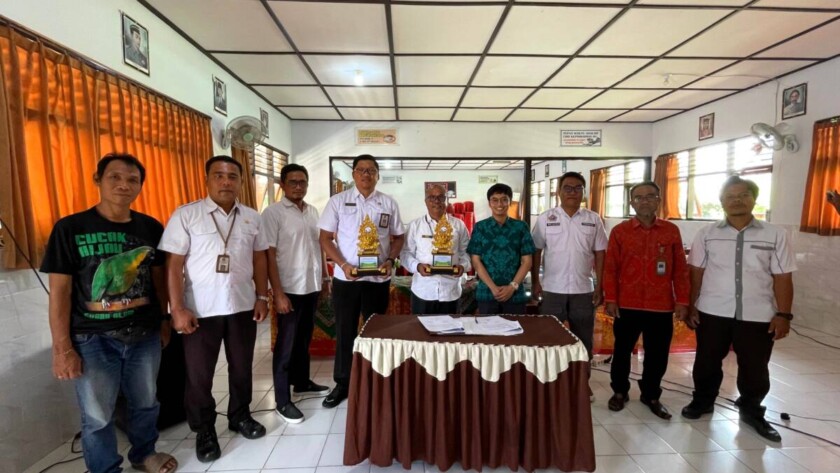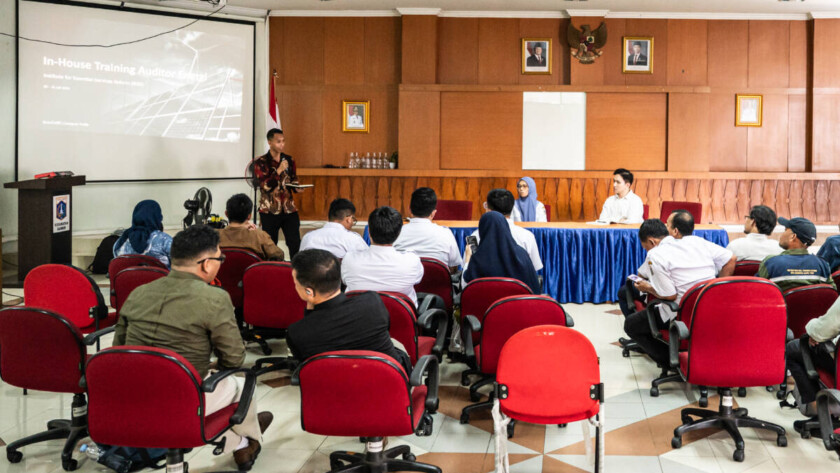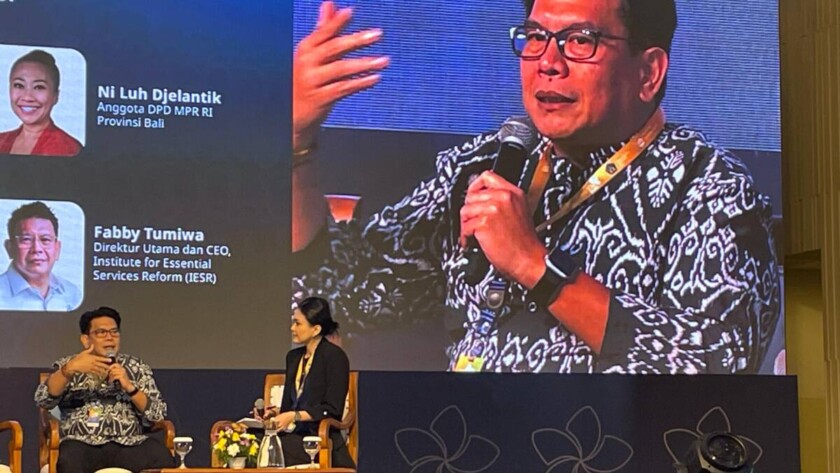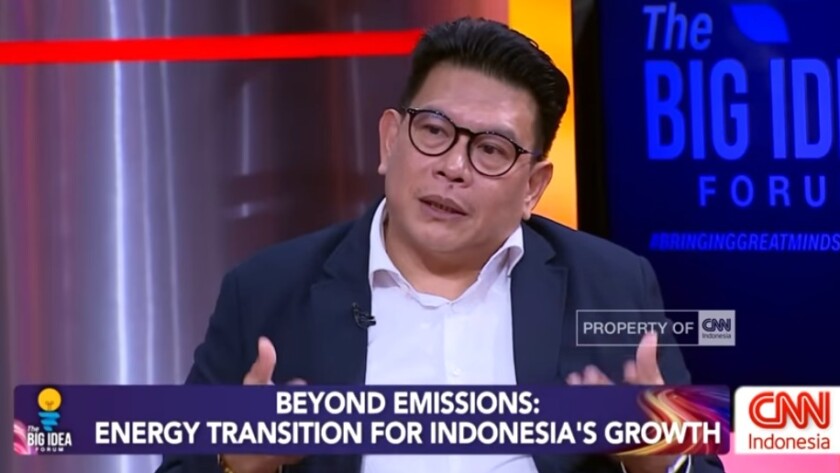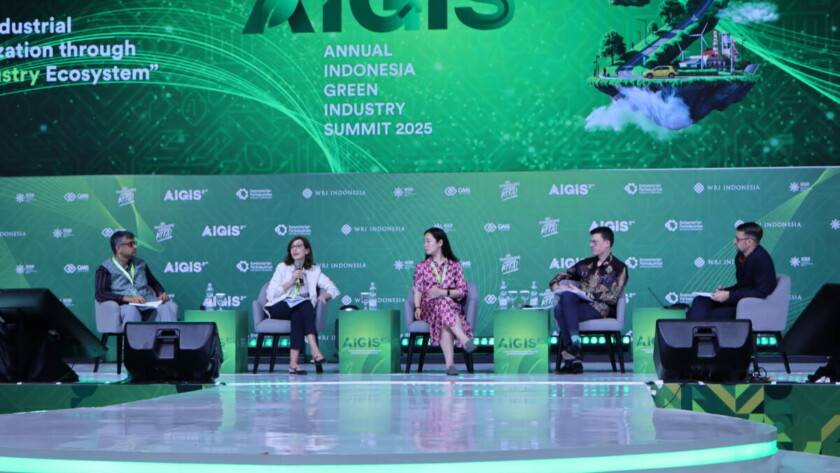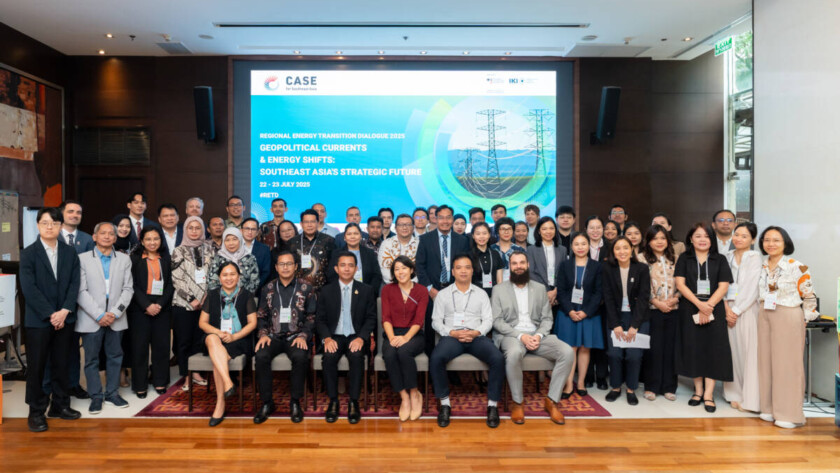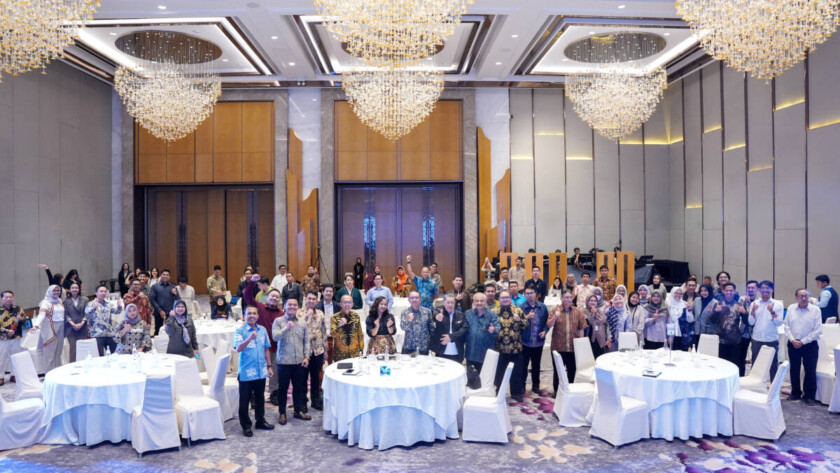Jakarta, August 28, 2025 - Over the past five years, China has increasingly strengthened its commitment to the global energy transition agenda by developing renewable energy component industries such as solar and wind, as well as electric vehicles. This massive industrial growth is driven, among other things, by China's installed renewable energy capacity targets. In…


